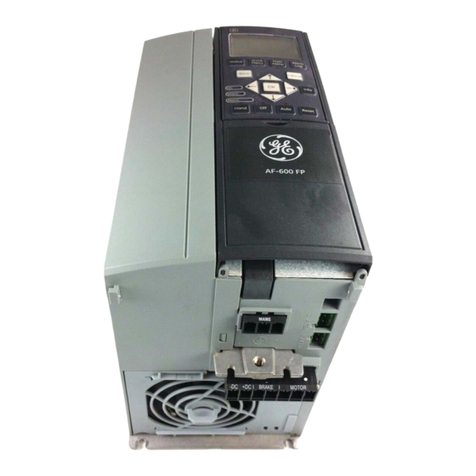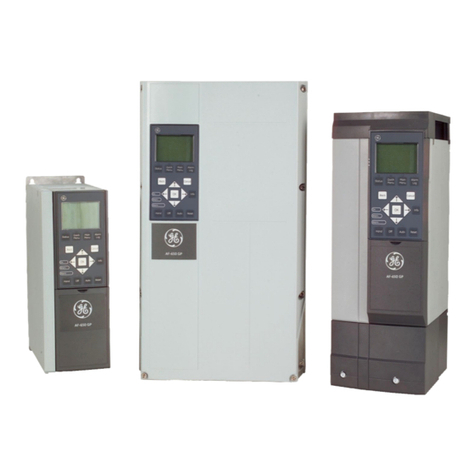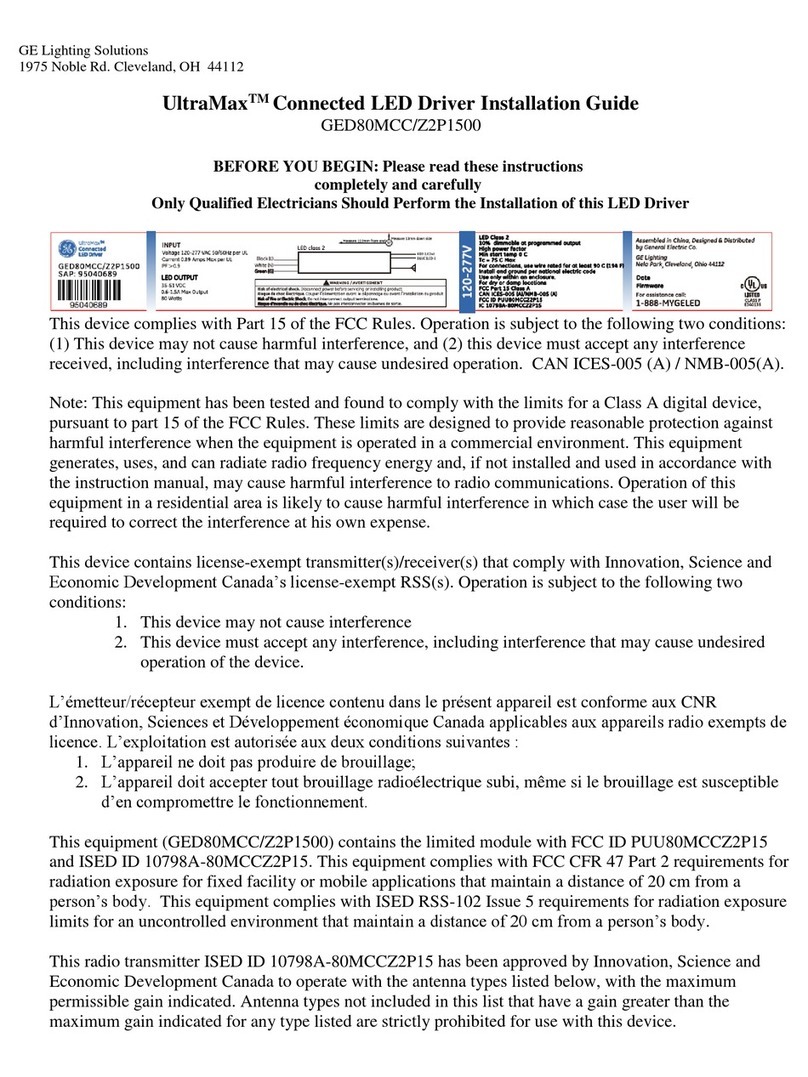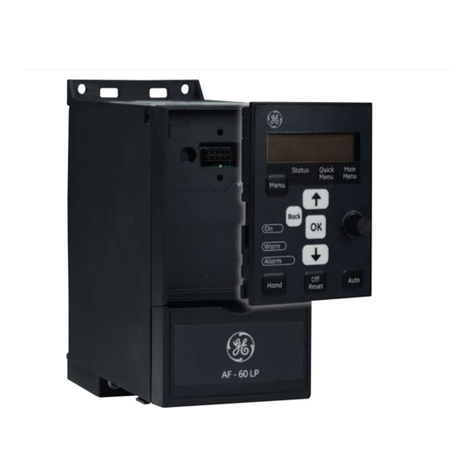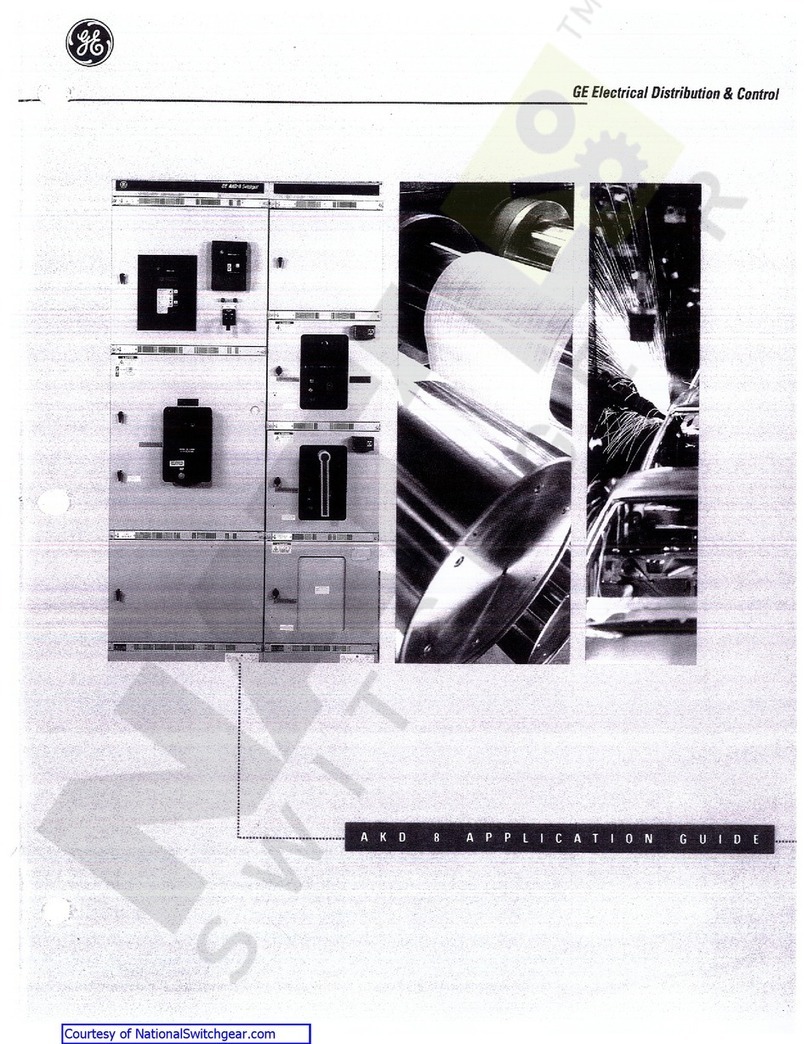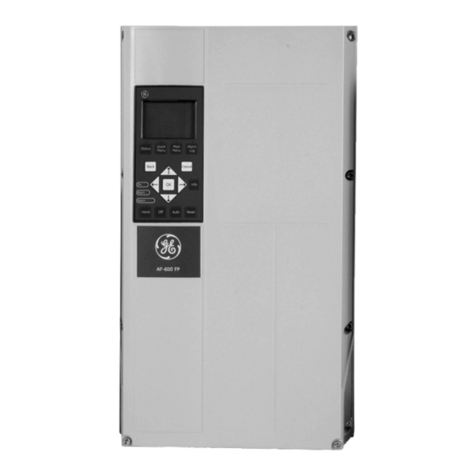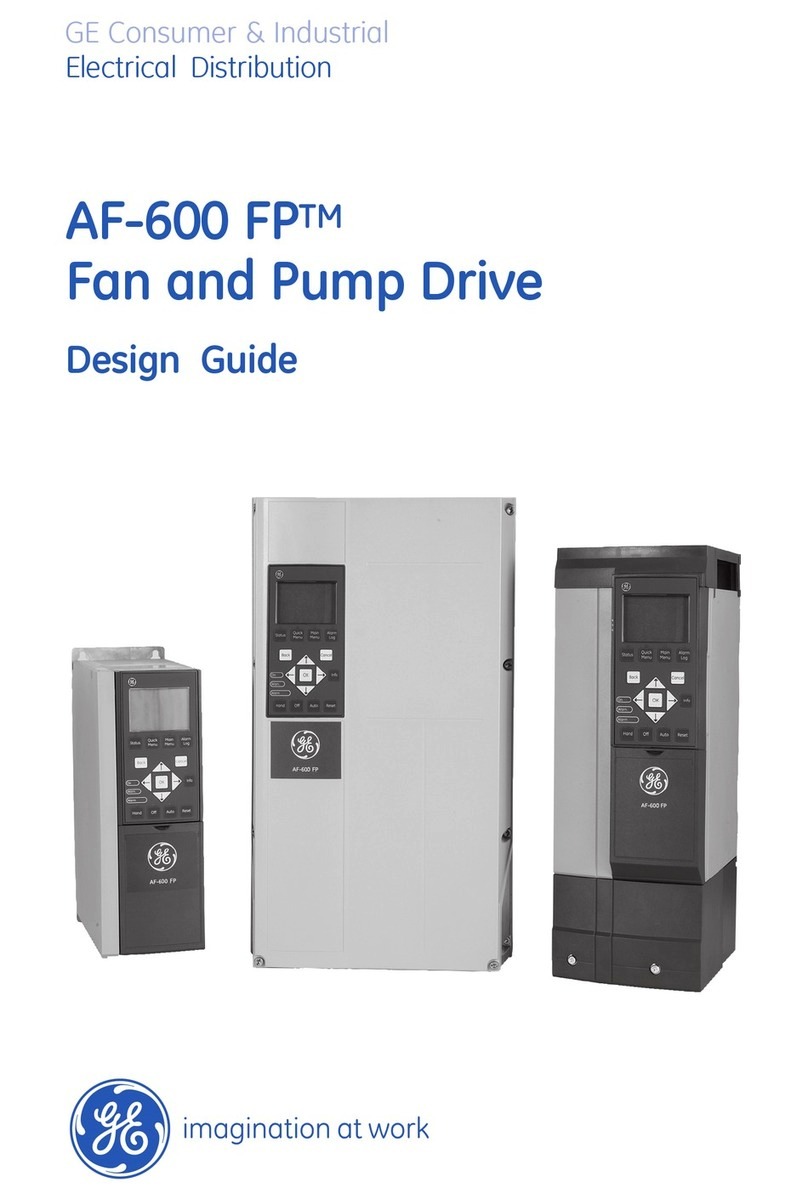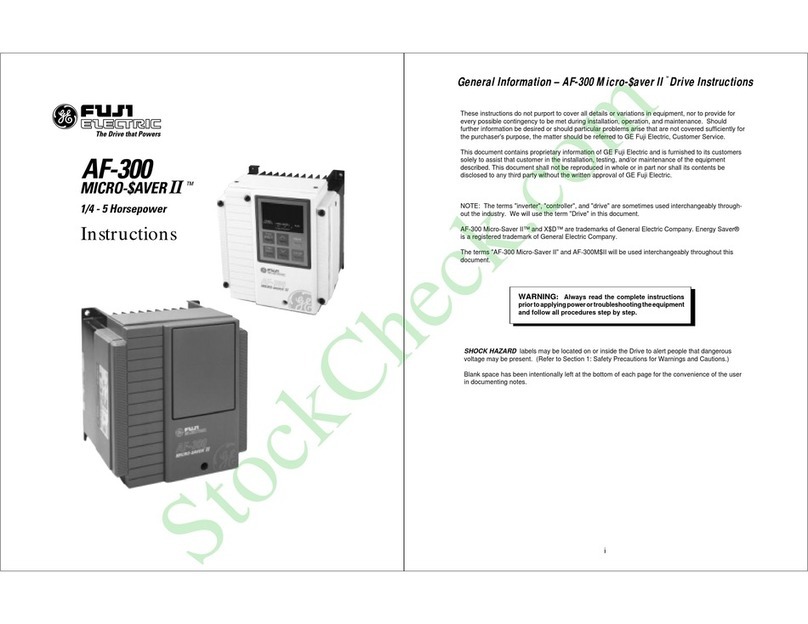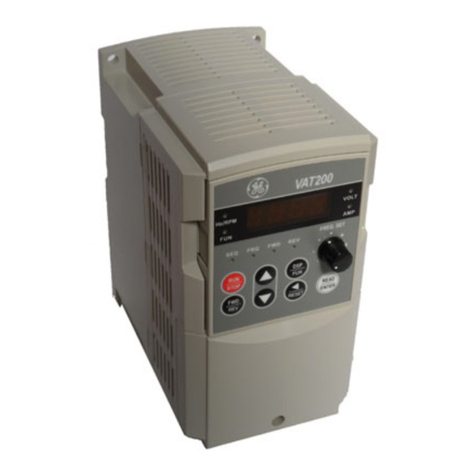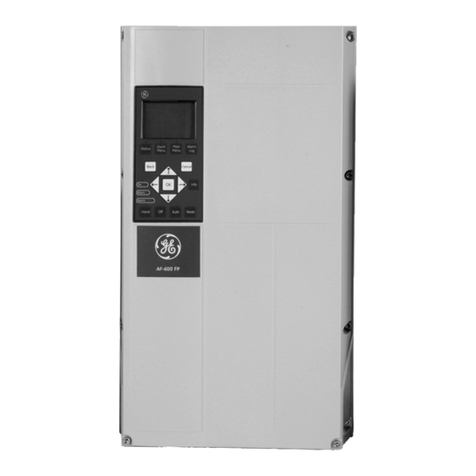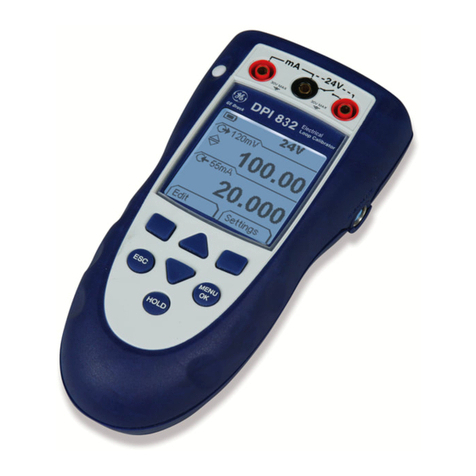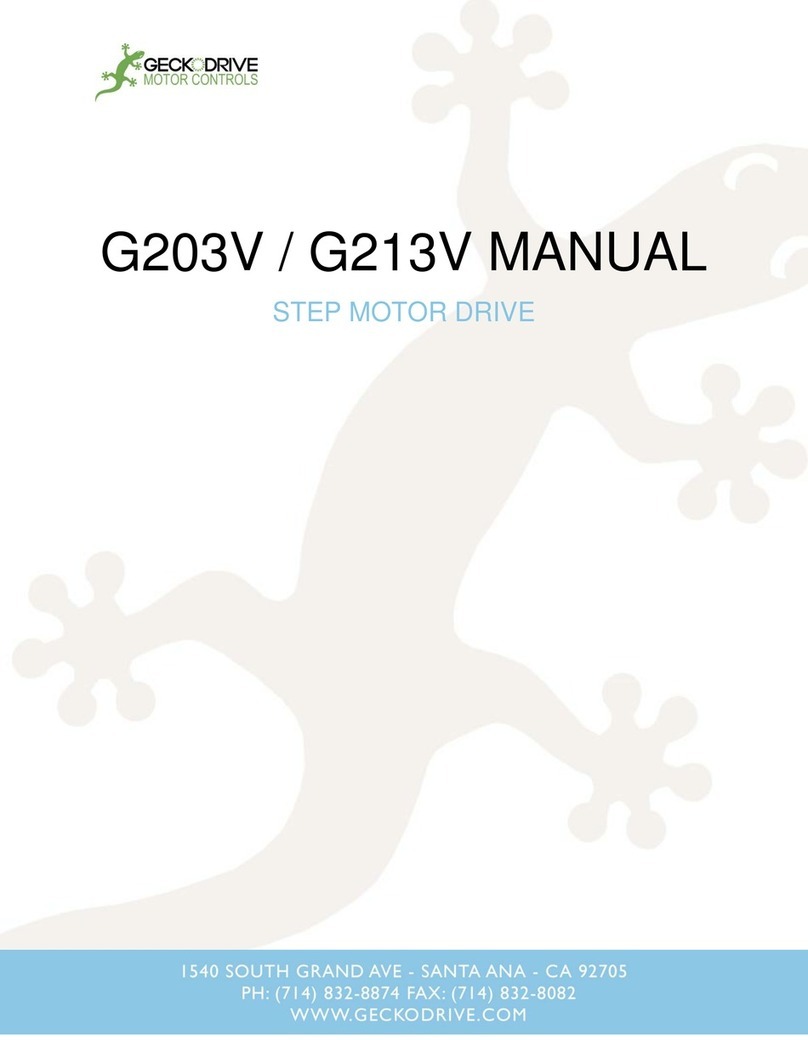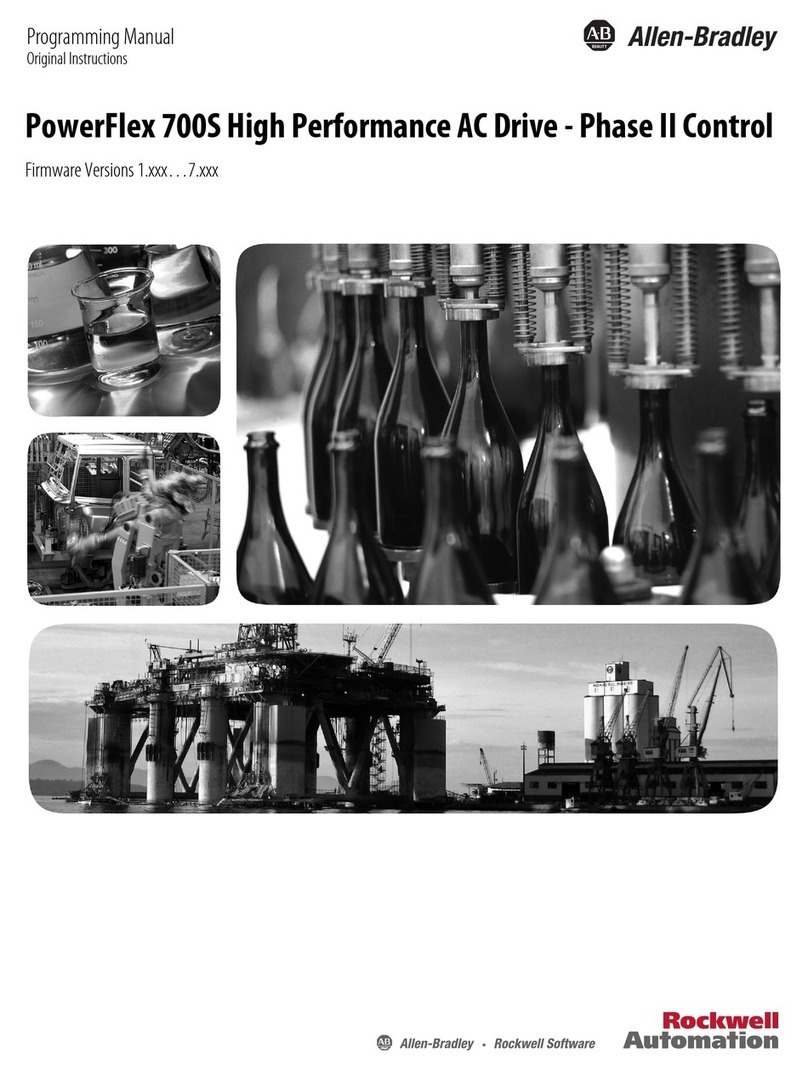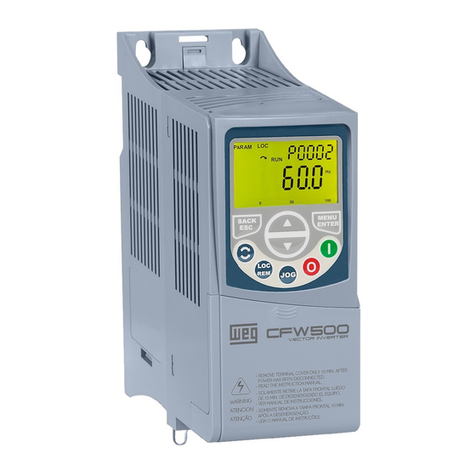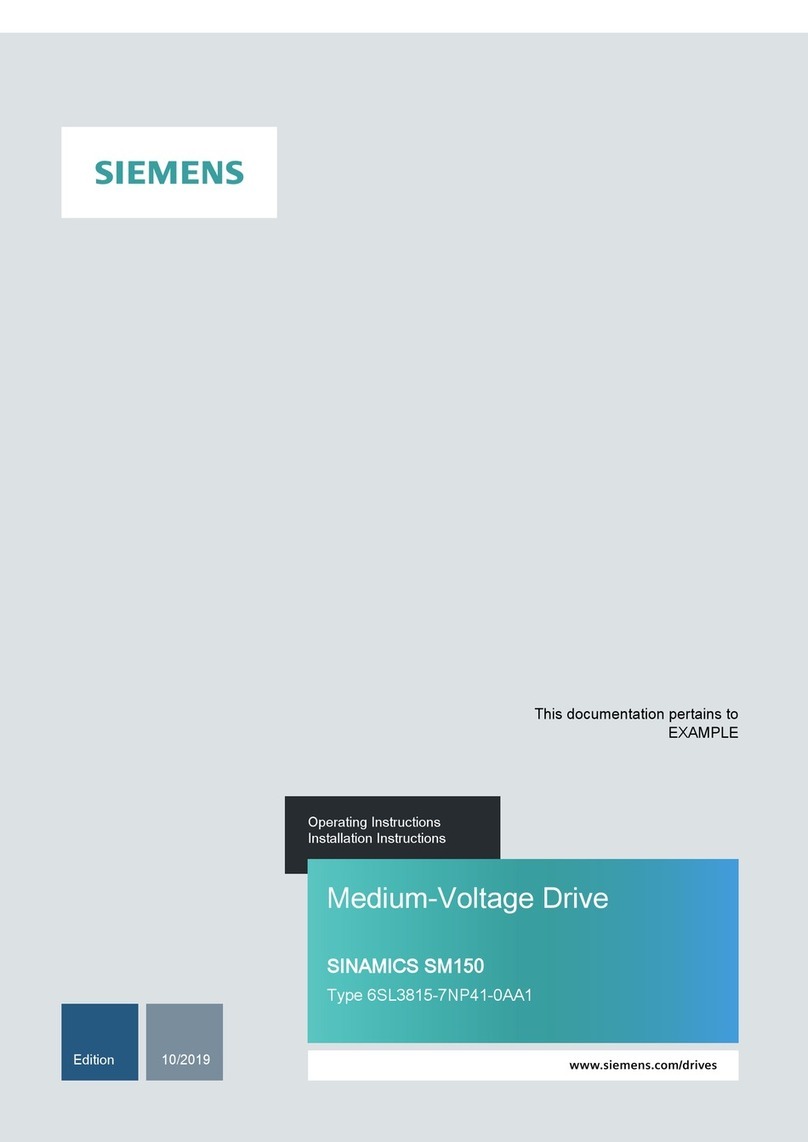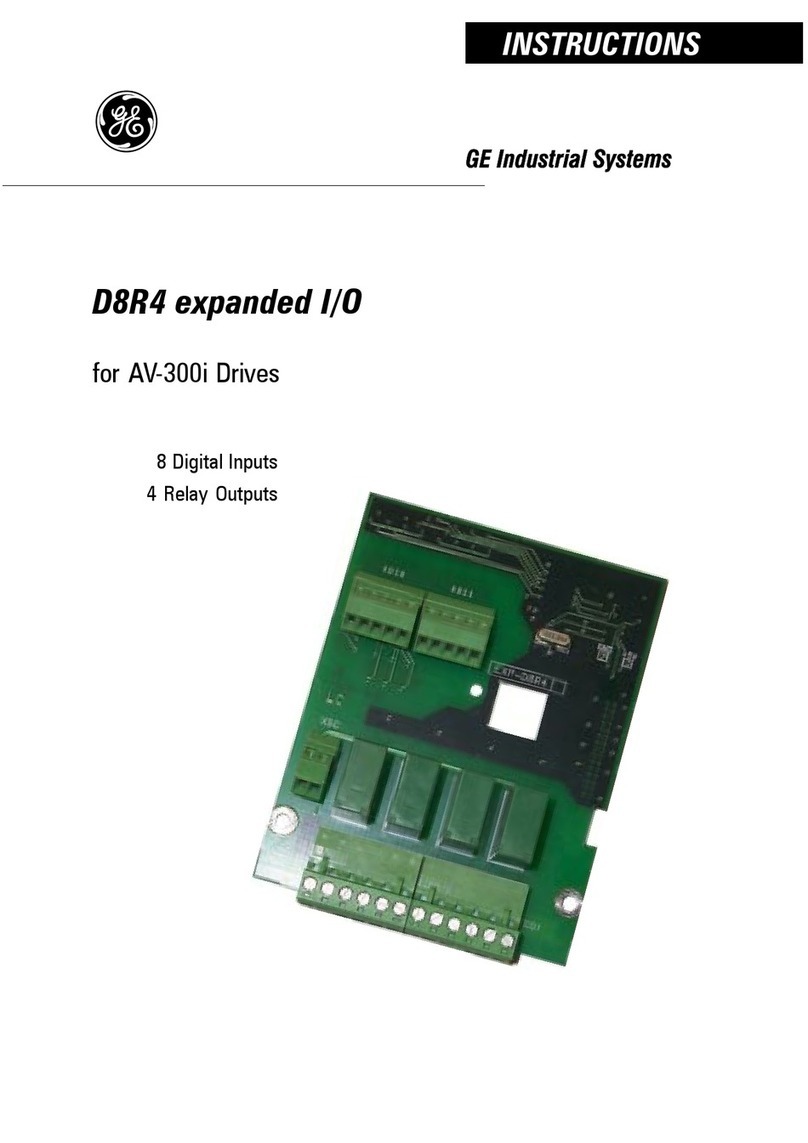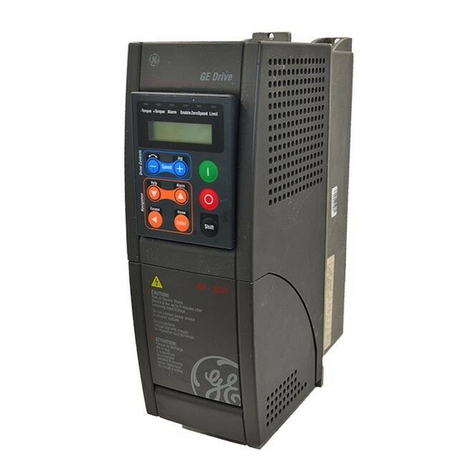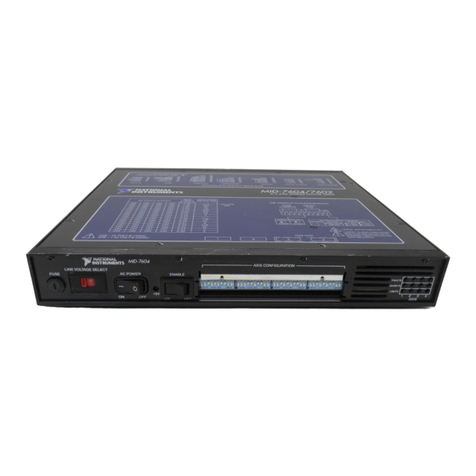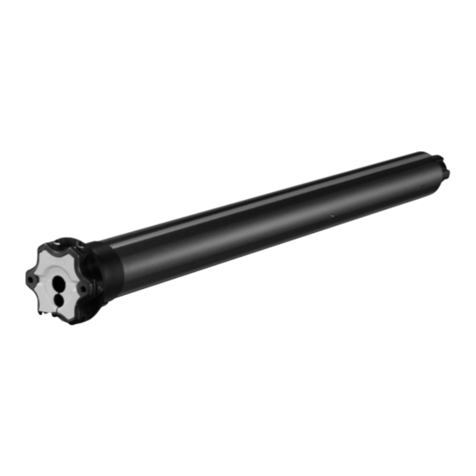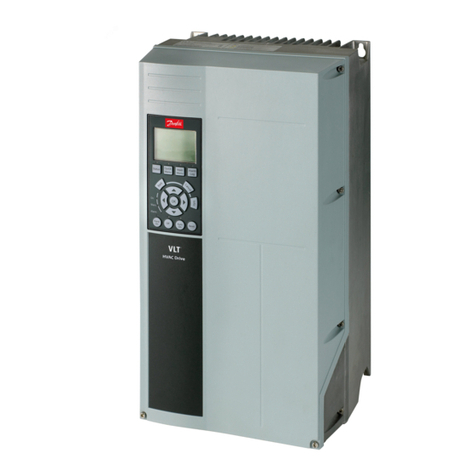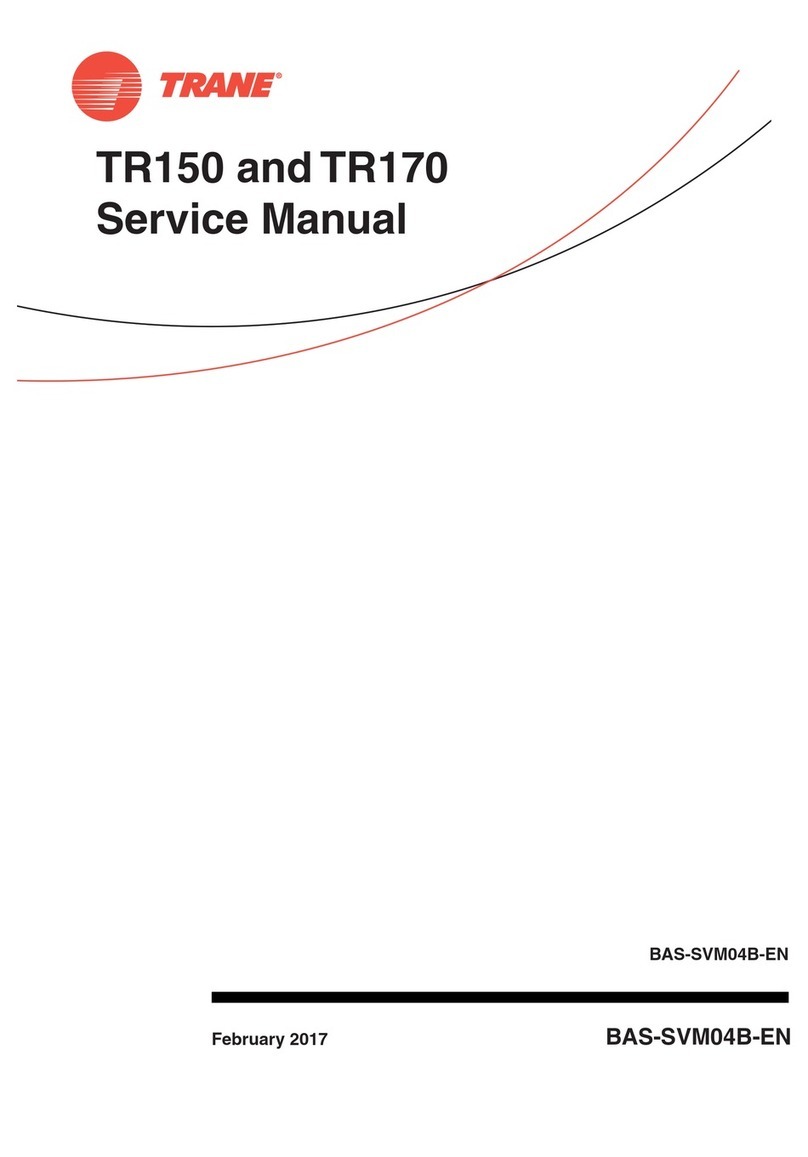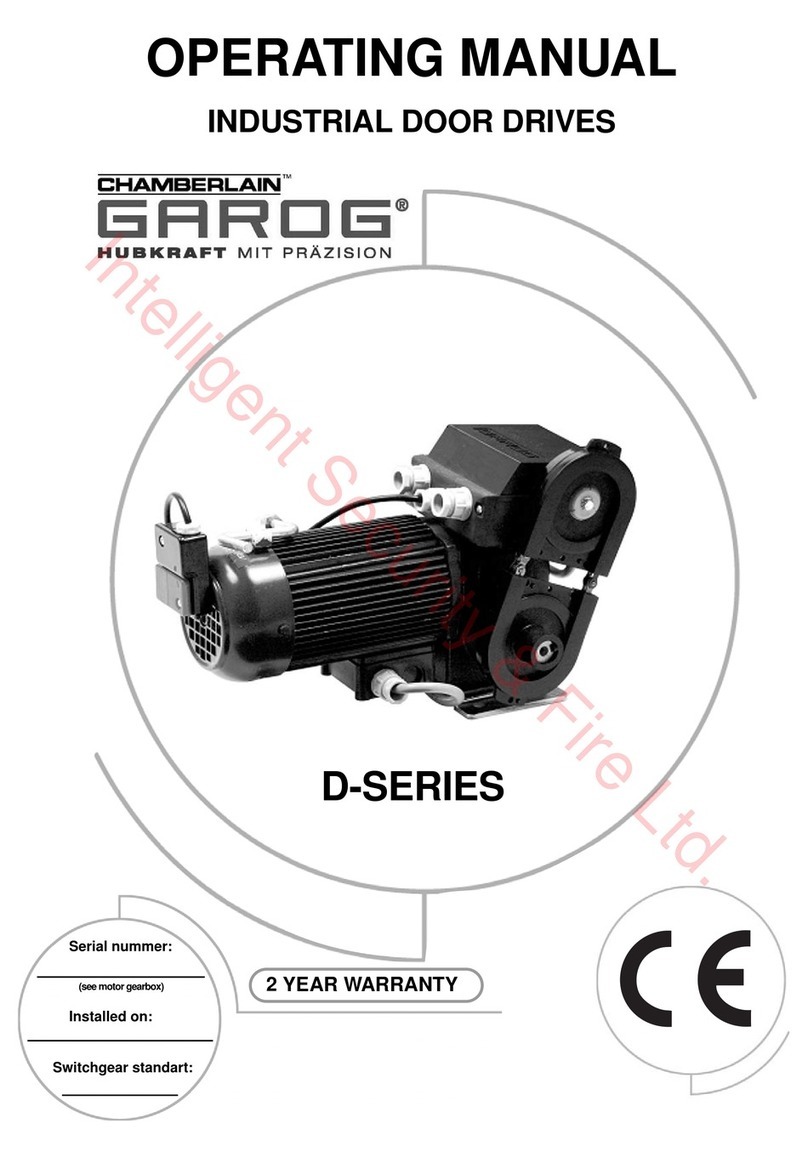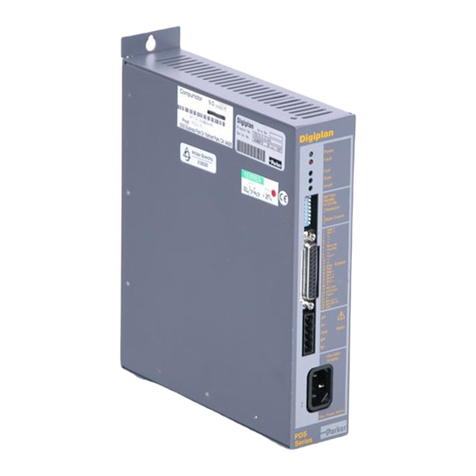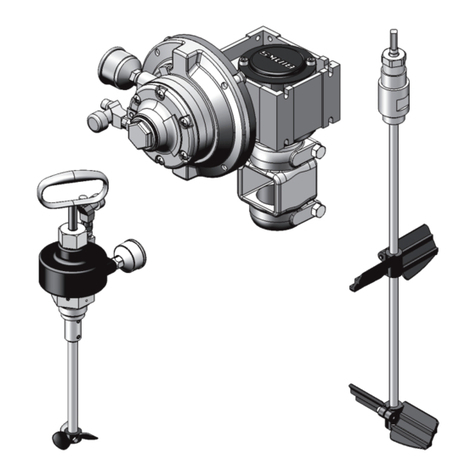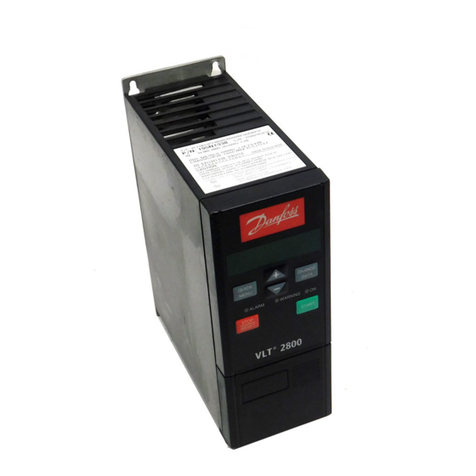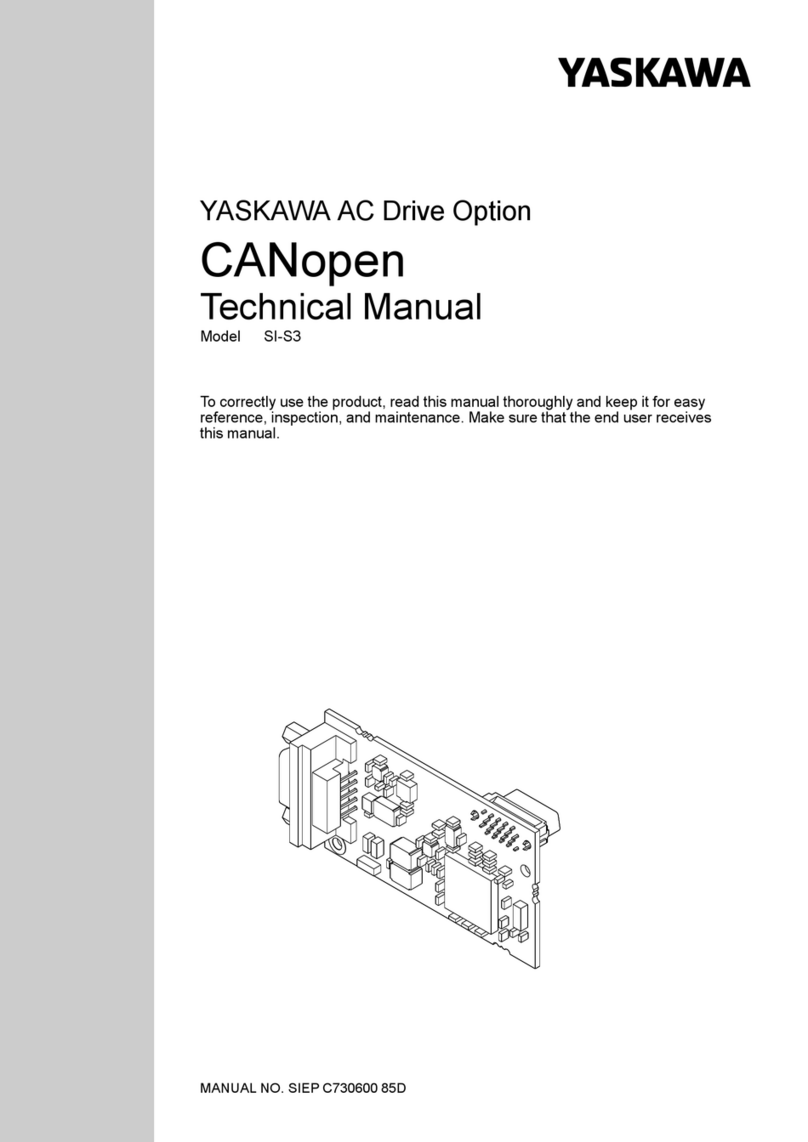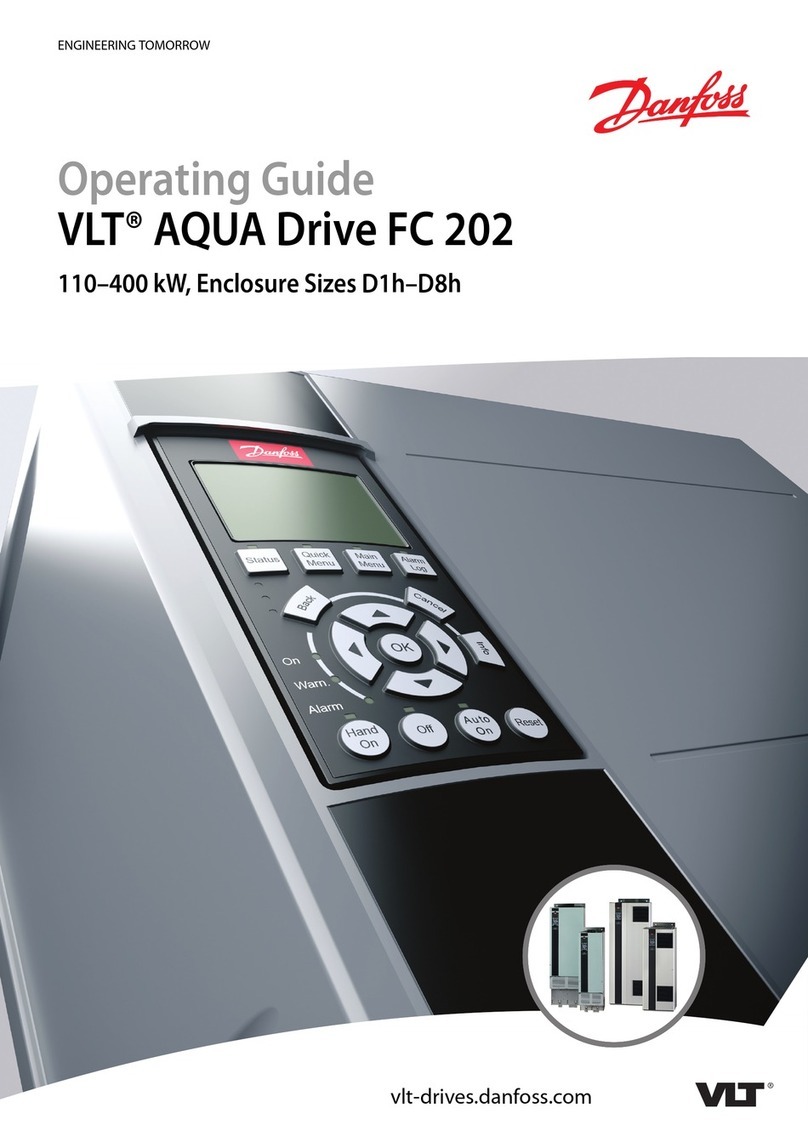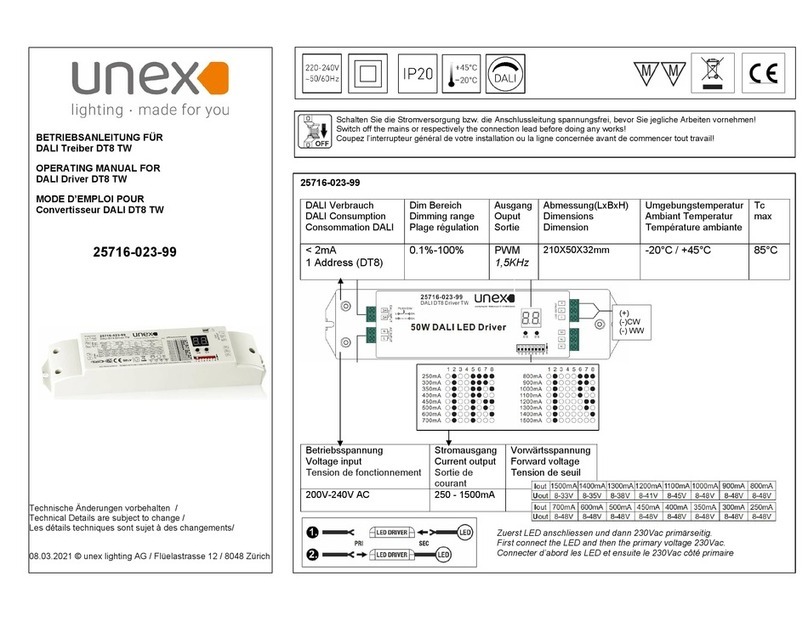
activating reset or, in some cases, by being programmed to
reset automatically. Trip may not be used for personal
safety.
Trip Locked
A state entered in fault situations when the frequency
converter is protecting itself and requiring physical
intervention, e.g. if the frequency converter is subject to a
short circuit on the output. A locked trip can only be
cancelled by cutting o mains, removing the cause of the
fault, and reconnecting the frequency converter. Restart is
prevented until the trip state is cancelled by activating
reset or, in some cases, by being programmed to reset
automatically. Trip may not be used for personal safety.
VT Characteristics
Variable torque characteristics used for pumps and fans.
60°AVM
Switching pattern called 60°Asynchronous Vector
Modulation (parameter F-37 Adv. Switching Pattern).
Power Factor
The power factor is the relation between I
1
and I
RMS
.
Powerfactor= 3xUxI
1
cosϕ
3xUxI
RMS
The power factor for 3-phase control:
=
I1xcosϕ1
I
RMS
= I
1
I
RMS
sincecosϕ1 = 1
The power factor indicates to which extent the frequency
converter imposes a load on the mains supply.
The lower the power factor, the higher the I
RMS
for the
same kW performance.
I
RMS
= I
1
2
+I
5
2
+I
7
2
+..+I
n
2
In addition, a high power factor indicates that the dierent
harmonic currents are low.
The frequency converters' built-in DC coils produce a high
power factor, which minimizes the imposed load on the
mains supply.
1.6 Safety
Safety regulations
•
Disconnect mains supply to the frequency
converter whenever repair work is to be carried
out. Check that the mains supply has been
disconnected and that the necessary time has
elapsed before removing motor and mains supply
plugs. For information about the discharge time,
see .
•
[O] does not disconnect the mains supply and
must not be used as a safety switch.
•
Ground the equipment properly, protect the user
against supply voltage, and protect the motor
against overload in accordance with applicable
national and local regulations.
•
The ground leakage current exceeds 3.5 mA.
Ensure correct grounding of the equipment by a
certied electrical installer.
•
Do not remove the plugs for the motor and
mains supply while the frequency converter is
connected to mains. Check that the mains supply
has been disconnected and that the necessary
time has elapsed before removing motor and
mains plugs.
•
The frequency converter has more voltage
sources than L1, L2, and L3, when load sharing
(linking of DC intermediate circuit) or external 24
V DC is installed. Check that all voltage sources
have been disconnected and that the necessary
time has elapsed before commencing repair work.
For information about the discharge time, see .
Warning against unintended start
1. The motor can be brought to a stop by means of
digital commands, bus commands, references or a
local stop, while the drive is connected to mains.
If personal safety considerations (e.g. risk of
personal injury caused by contact with moving
machine parts following an unintentional start)
make it necessary to ensure that no unintended
start occurs, these stop functions are not
sucient. In such cases the mains supply must be
disconnected.
2. The motor may start while setting the
parameters. If this means that personal safety
may be compromised (e.g. personal injury caused
by contact with moving machine parts), motor
starting must be prevented by disconnection of
the motor connection.
3. A motor that has been stopped with the mains
supply connected, may start if faults occur in the
electronics of the drive, through temporary
overload or if a fault in the power supply grid or
motor connection is remedied. If unintended start
must be prevented for personal safety reasons
(e.g. risk of injury caused by contact with moving
machine parts), the normal stop functions of the
drive are not sucient. In such cases the mains
supply must be disconnected.
4. Control signals from, or internally within, the
drive may in rare cases be activated in error, be
delayed or fail to occur entirely. When used in
situations where safety is critical, e.g. when
controlling the electromagnetic brake function of
a hoist application, these control signals must not
be relied on exclusively.
Introduction AF-600 FP™Programming Guide
DET-620D 03/2016 All rights reserved. 7
11
